Wildfires are a natural part of many ecosystems, but when they grow to unprecedented scales, they can have catastrophic impacts on both the environment and human communities. The largest wildfire in the United States, known as the August Complex Fire, became a stark reminder of nature’s power and the profound impact of climate change. This article explores the details of this historic blaze, its implications, and the lessons we can learn to better manage future fires.
Understanding the August Complex Fire
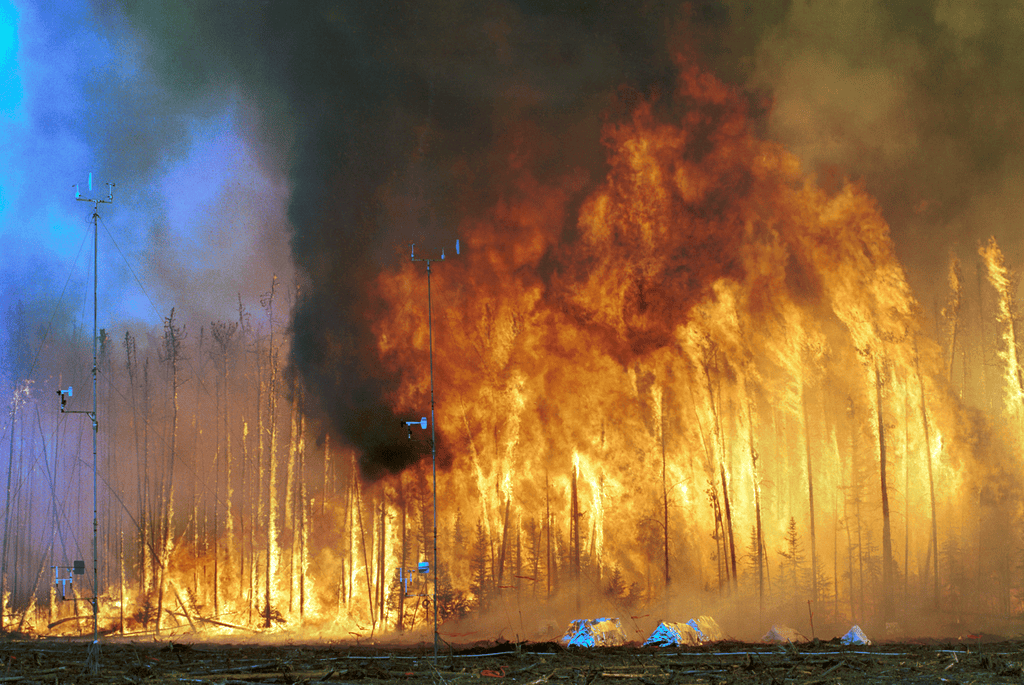
The August Complex Fire began as a series of lightning-induced fires on August 16, 2020, in Northern California’s Mendocino National Forest. Over time, these fires merged, creating a mega-fire that ultimately consumed over 1 million acres, making it the largest wildfire in California’s history and the U.S. at large.
The Role of Climate Change
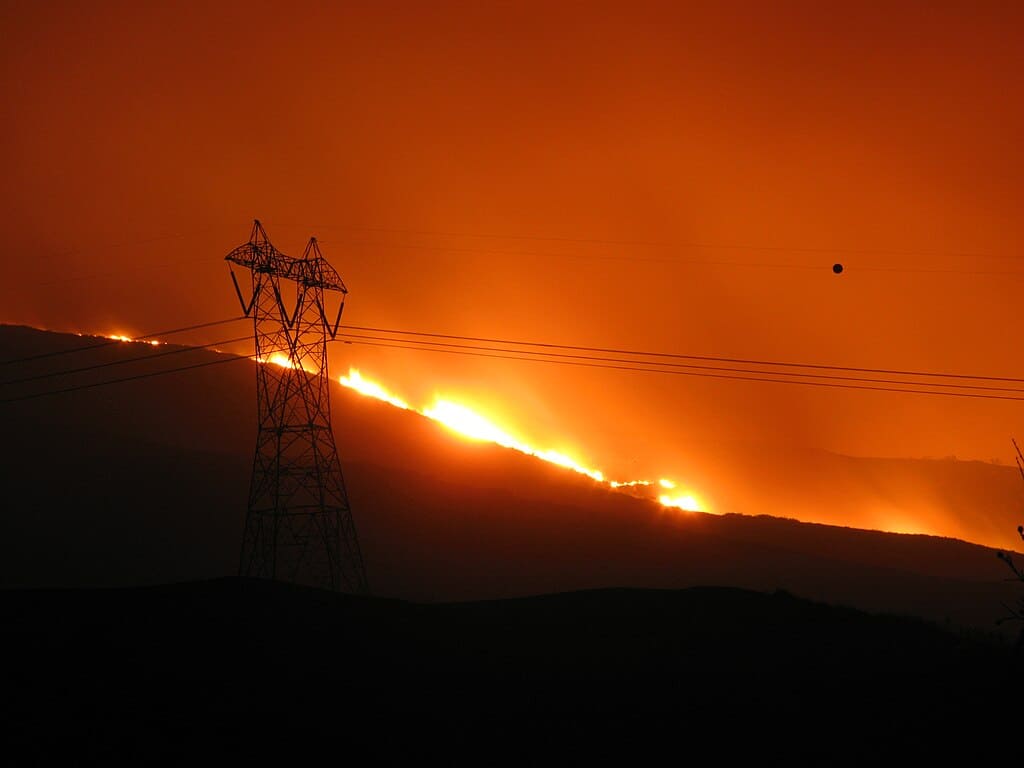
Climate change has been a significant driver in the increasing frequency and intensity of wildfires. The August Complex Fire occurred during one of the hottest and driest summers on record, conditions that scientists attribute to global warming. This climate-induced alteration of weather patterns results in prolonged droughts and heat waves, which create ideal conditions for wildfires.
Human Impact Evacuations and Loss

The scale of the August Complex Fire prompted widespread evacuations across Northern California. Thousands of residents were forced to flee their homes, and while luckily only one life was reported lost, the economic and emotional toll was enormous. The blaze destroyed hundreds of structures, leaving communities in shock and rebuilding efforts stretched thin.
Ecological Consequences

While some ecosystems are adapted to natural fire cycles, the intensity of the August Complex Fire presented ecological challenges. Habitats for numerous species were severely affected. Some species might benefit from the altered landscape, but others, particularly those with limited ranges, face a more uncertain future.
The Firefighting Effort

The August Complex Fire mobilized thousands of firefighters and required a multi-agency response, illustrating both the capabilities and challenges of current firefighting strategies. The sheer size of the fire stretched resources thin, prompting calls for new approaches to fire management and resource allocation.
Innovations and Technology in Fire Management
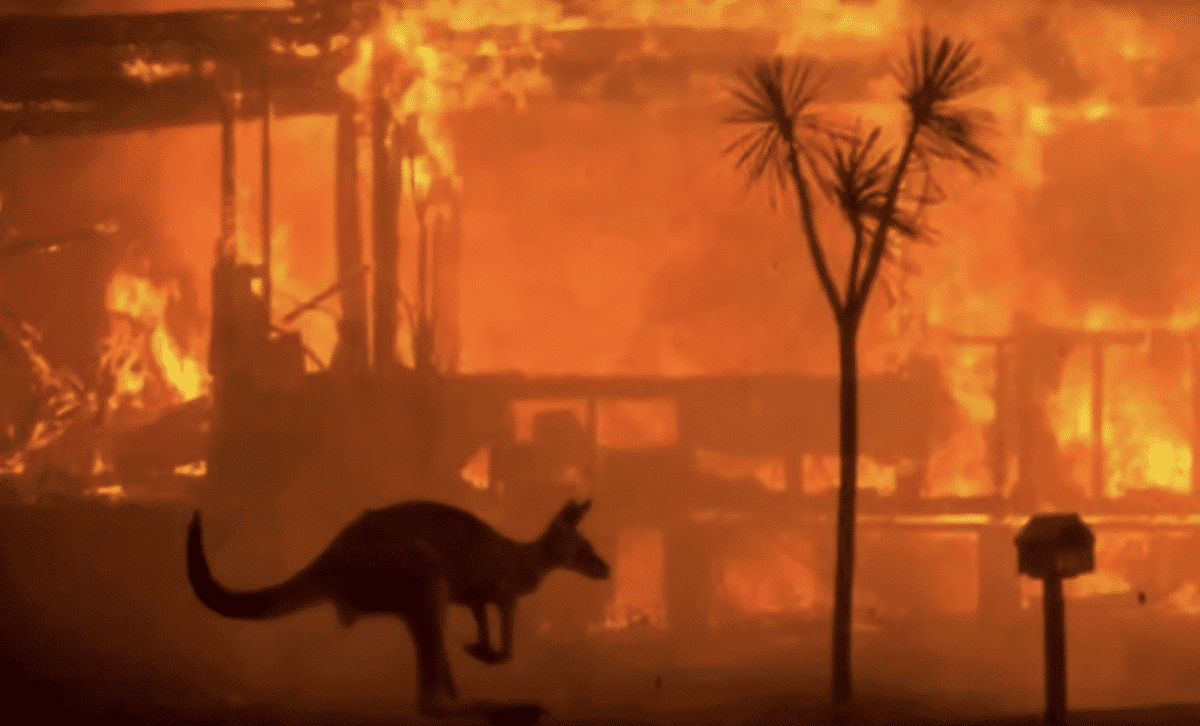
In response to such massive fires, new technologies are being developed to improve fire detection and response. Satellites, drones, and advanced computer models are increasingly used to predict fire behavior, deploy resources more effectively, and plan strategically to protect lives and property.
Community Resilience and Preparedness

Communities affected by the August Complex Fire have embarked on efforts to improve resilience against future wildfires. Establishing defensible spaces, improving building codes, and promoting fire safety education are crucial steps outlined by local governments and communities to prepare for potential future fires.
Rebuilding and Recovery
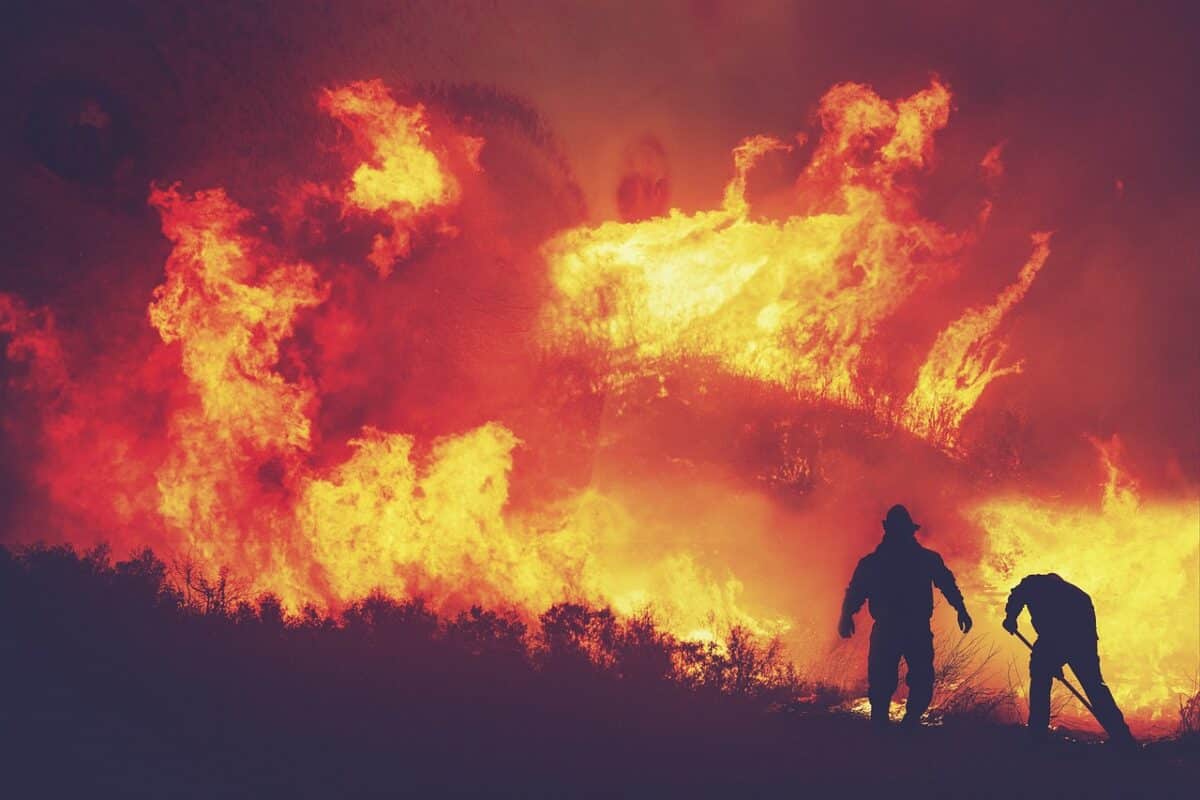
The recovery process following the August Complex Fire has involved a mixture of federal, state, and local support aimed at rebuilding homes and infrastructure. Long-term recovery focuses not only on physical reconstruction but also on providing psychological support to affected individuals and communities.
Policy Implications and Future Strategies
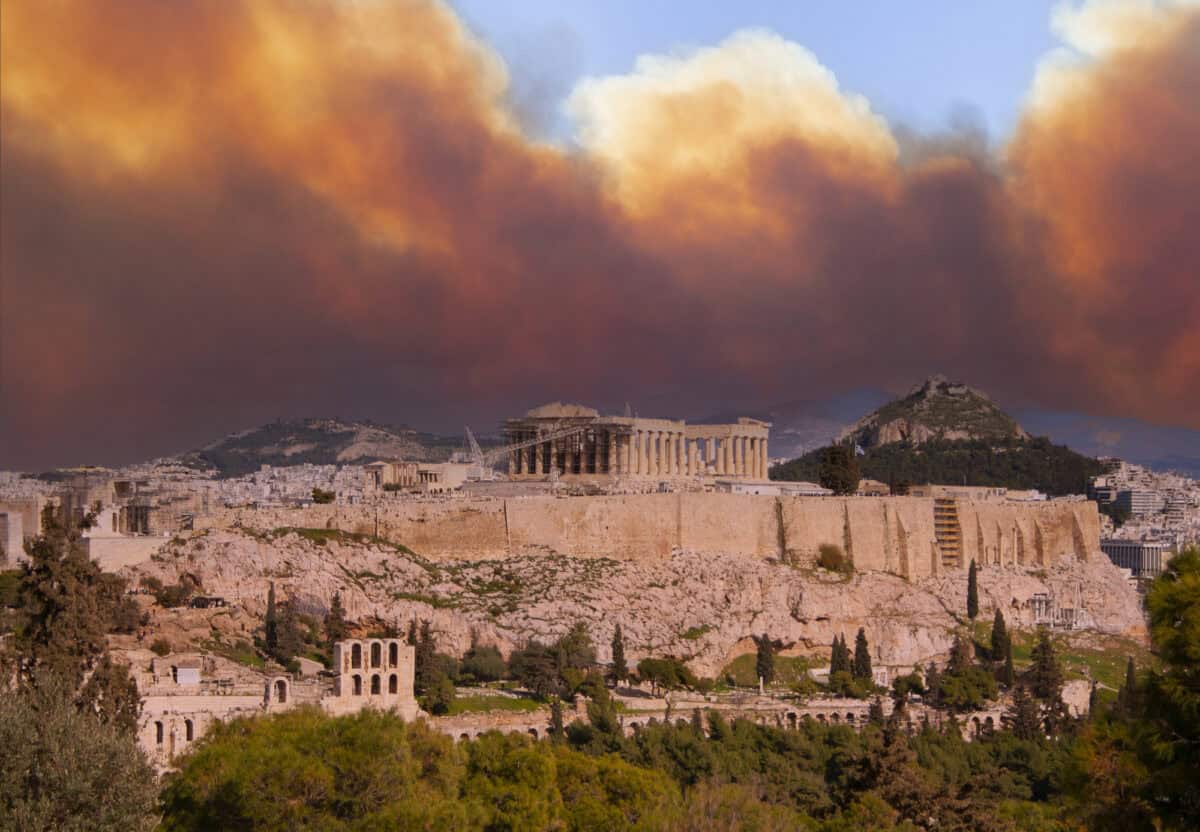
The unprecedented scale of the August Complex Fire has prompted policymakers to reconsider current forest management and fire prevention strategies. There is a growing consensus on the need for comprehensive forest management plans that incorporate controlled burns, forest thinning, and more robust preventive measures.
Lessons for the Future

The August Complex Fire has underscored the importance of adapting to a changing climate and preparing for increasingly severe natural events. Building resilience involves not only technological and infrastructural advancements but also fostering community awareness and preparedness at all levels.
The Broader Context of Global Wildfires

While the August Complex Fire set records in the U.S., similar stories were unfolding worldwide, highlighting a global trend. From the Amazon to Australia, mega-fires are becoming more common, raising questions about global efforts to combat climate change and protect ecosystems.
Conclusion: Moving Forward with Knowledge and Compassion

The August Complex Fire was a formidable challenge that offered critical insights into the complexities of wildfire management in an era of climate instability. It serves as a stern warning and a call to action: to apply science, technology, and common-sense strategies in conjunction with community engagement to better prepare for what lies ahead. The legacy of this fire is one of learning and adaptation and a reminder of our collective responsibility to protect our planet and each other.
- The Largest Wildfire to Ever Burn in the US - August 9, 2025
- The Secretary Bird A Raptor That Hunts on Foot - August 9, 2025
- 10 Dog Breed Restrictions That Stir Controversy in U.S. States - August 9, 2025

